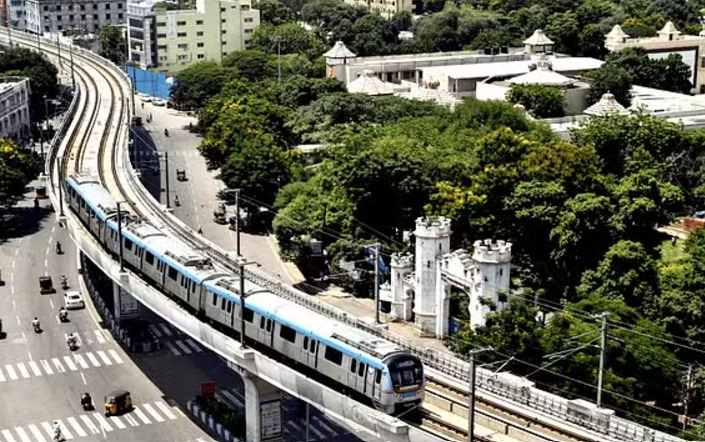Medhchal: The demand for metro rail services in and around Hyderabad has been growing significantly. With the city’s expanding population and the increased reliance on public transportation, there is a pressing need to enhance and expand the metro network to meet these demands. Residents from various parts of Hyderabad, especially the northern regions, have been advocating for better metro connectivity. Key areas like Balanagar, Jeedimetla, Medchal, and Shamirpet, which are home to a large number of government and private sector employees, IT professionals, and students, are in dire need of improved public transport facilities. The Medchal Metro Advocacy Group, for example, has highlighted the necessity of adding four new metro corridors in the second phase of the metro project to address these needs.
These proposed expansions aim to connect major residential, industrial, and educational hubs, thereby facilitating better transportation for daily commuters and reducing the traffic burden on the city’s roads. Enhanced metro connectivity is seen as a vital step towards a more sustainable and efficient urban transport system in Hyderabad.
Representatives from the Medchal Metro Sadana Sanithi urged the Hyderabad Metro Rail authorities for the inclusion of four additional metro corridors in the second phase of the metro project. This expansion aims to improve public transportation facilities in the northern regions of Hyderabad.
The group highlighted that nearly 40% of the city’s population resides in North Hyderabad and relies heavily on public transport systems. To address their needs, they have submitted a letter to the Metro MD advocating for the construction of metro rail services.
Proposed New Metro Routes in North Hyderabad:
1.Balanagar – Shapurnagar – Suraram – Gandimaisamma
2.Bowenpally – Suchitra – Kompally – Medchal
3. Jubilee Bus Station – Alwal – Thumkunta
4. Tarnaka – ECIL Cross Road – Nagaram – Keesara
The group emphasized the importance of these additions to cater to the growing transportation needs of the residents and facilitate better connectivity to the industrial hubs and educational institutions in the region.

